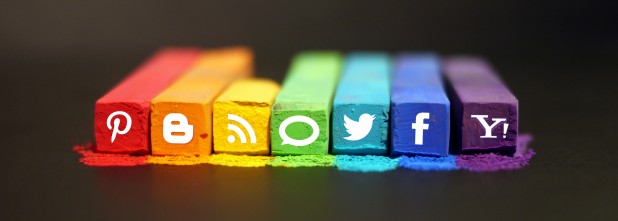Published in Quorum
Those of us who work in communications and journalism are well aware that the changes taking place in recent years in our environment are revolutionary. Never before have so many changes occurred in such a short time. However, this obvious fact is even more amazing given that these changes have modified or are modifying all the business models that have traditionally supported our activities. Nothing is what it was. This is directly related to the arrival of digital technology. In fact, digitalisation has come into our lives and has changed not only the way we communicate but also how we consume, gain culture, live, etc. Systems as simple as e-mail, online sales or Whatsapp messages have provided a new scope to our lives and we even feel anxious when we cannot use them. What is the first thing we ask when we arrive at a hotel, a university or a culture centre? What is the wifi code? And often, even before greeting people or introducing ourselves, which, apart from being rude, is revealing our anxiety to be online. Connectivity is the new paradigm that defines our society. ‘If you are not online, you don’t exist’!
Digitalisation generates social changes that are not analysed until they have been fully implemented. Industries such as photography, music and cinema have changed radically but they did not foresee these changes sufficiently in advance and have been acutely affected by many of the consequences of the digital revolution. Digitalisation has arrived in our lives without asking and has installed itself, causing changes that are not always those expected: the arrival of ATMs in our cities means that huge numbers of tickets for shows and entertainment are sold through these devices; the arrival of the tablet has caused conventional computer keyboards to disappear. With smartphones, the main use of mobile phones is not making phone calls. The list is never-ending and we will be seeing new ideas for a long time to come.
This social change that has affected all areas of our society (it’s hard to find a sector that has not been apprehended by digitalisation) has found in communications one of the basic elements of its existence and one of the key sectors for its development. The case of the media is paradigmatic because this sector has been forced to change its activity, its routine and as a result, its business model. The business model that has supported the media for years, advertising revenue, is now history. Advertising might continue to have a privileged role but it now has to make way for others: crowdfunding, sponsorship, free content, brand advertising, data advertising, auctioning to achieve a higher product consumption, etc. Up to now, few have found the philosopher’s stone that will bring success to their new business model. But perhaps for those who find it, it won’t last long. One of the most significant characteristics of this hugely important social change is its short-livedness. There is the sensation that nothing lasts very long and that everything is changing very quickly. Everything is undergoing constant change. Change management has become an indispensible skill for successful survival within this revolutionary era. To have a high capacity to adapt is almost an indispensable condition for survival.
Within this permanent change in which we are involved in the field of communications and journalism, there are some elements that have taken on a very significant role. I do not know for how long, but for the moment they are unquestionable. They are the following:
1. Global minority audiences pose a new business opportunity. For example, having a communication medium on chess was unfeasible not long ago. Now it is possible thanks to the accumulation of small local audiences.
2. Communicative data management is not only a new way of doing business but it might also bring us closer to a real feeling of the journalistic profession, as a social agitator. Not developing a journalistic and business management of the information we have accumulated is a bit like wasting our organisation’s potential.
3. Content is consumed using different devices, platforms and systems. This generates more complexity in development and requires new knowledge from media professionals. Many communication mediums already have greater consumption in their various digital formats than in their analogical formats.
4. The previous situation has given way to the appearance of new formats of communication consumption. The traditional classification of press, radio and television is now history. Tweets, a webdoc and an infographic are communication formats that keep us informed or allow us to communicate as we did before, but through other channels.
5. Audiences are not passive. They do not wait for us to offer content, and consume it without reacting. They act and are mobile. They are critical and participative. This helps us to know them better and we go in search of them, using the channel they want, and at the time they want us to provide them with content.
6. Information is no longer power. Power is sharing information and making others share it in turn. Without this new perspective we would not understand phenomena like Wikileaks.
7. The informative broadcaster has now diversified. Up to now, the players capable of broadcasting information have been rated and visible. Now, anyone can broadcast information and become a global or local reference in a theme or situation. Thus, Youtubers are treated as start systems and some journalists have a bigger audience in their private blogs or more followers in twitter than in the conventional media.
In a few years, history books, if history books still exist, will speak of this era as the era of the digital revolution and they will situate it, at least, at the same height as other great revolutions, such as the industrial revolution. We have been given the chance to experience one of the most significant revolutionary changes in history first hand. What luck!

Comments are closed.